We put the Google Pixel 7 through our rigorous DXOMARK Audio test suite to measure its performance both at recording sound using its built-in microphones, and at playing audio back through its speakers. In this review, we will break down how it fared in a variety of tests and several common use cases.
Overview
Key audio specifications include:
- Two speakers (Top front, bottom side)
- No Jack audio output
Scoring
Sub-scores and attributes included in the calculations of the global score.
Google Pixel 7


 67th
67th
 12th
12th
Playback
Pros
- Good artifacts performance, only some minor flaws
- Good rendition of distance and depth
Cons
- Poor timbre overall
- Unreliable dynamics rendition
- Underwhelming volume performance
Recording
Pros
- Good tonal balance overall
- Good dynamics performance overall
- Good spatial performance, with accurate and realistic distance restitution
Cons
- Poor signal-to-noise ration in memo app
- Memo recordings in mono
With a DXOMARK Audio score of 123, the Google Pixel 7 delivered an average performance for the High-end segment. In playback, our testers found it to be best for gaming, with use case results for listening to music and watching movies coming in slightly lower. Despite some minor imperfections, audio artifacts were overall controlled very well. Sound sources were perceived at the right distance and the depth of the sound scene was rendered nicely. However, timbre was overall poor, lacking warmth, and dynamics rendition tended to be unreliable. While maximum loudness was average, our testers found volume steps to be inconsistent.
Recording results were better than for playback, especially when using the main and front cameras. Pixel 7 recordings offered good tonal balance and dynamics. Three built-in microphones helped capture a wide sound scene, with accurate and realistic distance and depth rendition, and the audio zoom feature did a good job at reducing background noise. Recordings with the memo app left some room for improvement, though. They are mono only and the signal-to-noise ratio was poor.
Test summary
About DXOMARK Audio tests: For scoring and analysis in our smartphone audio reviews, DXOMARK engineers perform a variety of objective tests and undertake more than 20 hours of perceptual evaluation under controlled lab conditions.
(For more details about our Playback protocol, click here; for more details about our Recording protocol, click here.)
The following section gathers key elements of our exhaustive tests and analyses performed in DXOMARK laboratories. Detailed performance evaluations under the form of reports are available upon request. Do not hesitate to contact us.
Playback
Google Pixel 7
163
DXOMARK engineers test playback through the smartphone speakers, whose performance is evaluated in our labs and in real-life conditions, using default apps and settings.
When playing back audio on the Google Pixel 7, timbre was underwhelming, with too much focus on lower treble and lacking warmth and brilliance. Dynamics weren’t the Pixel’s strong point either. Attack was decent at nominal volume but our testers observed a loss of transients at soft volume. At maximum volume, attacks were crushed by distortion. Low end rendition was very imprecise, with almost zero bass at soft volume and punch is pretty poor most of the time.
Spatial performance was average. Wideness wasn’t great when listening to music but improved when watching movies or playing games. Localizability was good overall, but instruments were a little difficult to locate in complex sound scenes, such as orchestral music. Distance rendition and depth were overall pretty good. The Pixel delivered average maximum loudness volume but minimum volume was pretty much spot on, neither too quiet nor too loud. On the downside, volume step consistency was poor, with volume steps stalling from a certain point onwards. Artifacts results were very good overall, with only some moderate compression and distortion at nominal volume. Our testers also found it quite easy to occlude the bottom right speaker with their hands when holding the device in landscape orientation.
Listen to the tested smartphone’s playback performance in this comparison with some of its competitors:

Timbre
Google Pixel 7
158
The Timbre score represents how well a phone reproduces sound across the audible tonal range and takes into account bass, midrange, treble, tonal balance, and volume dependency. It is the most important attribute for playback.

Dynamics
Google Pixel 7
149
The Dynamics score measures the accuracy of changes in the energy level of sound sources, for example how precisely a bass note is reproduced or the impact sound from drums.



Spatial
Google Pixel 7
162
The sub-attributes for spatial tests include pinpointing a specific sound's location, its positional balance, distance, and wideness.
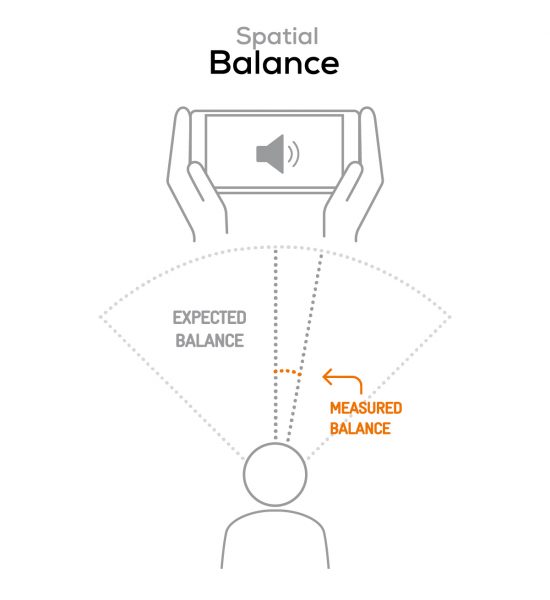
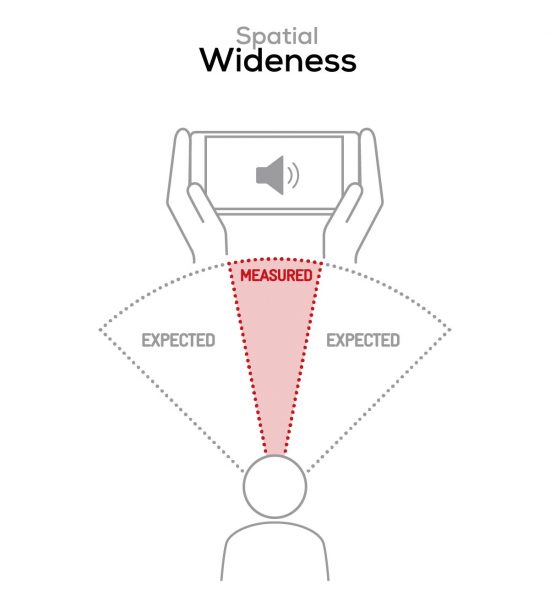

Volume
Google Pixel 7
162
The Volume score represents the overall loudness of a smartphone and how smoothly volume increases and decreases based on user input.
| Hip-Hop | Classical | |
| Google Pixel 7 | 71.8 dBA | 72.9 dBA |
| Apple iPhone 14 | 74.8 dBA | 71.9 dBA |
| Oppo Reno8 Pro 5G | 72.5 dBA | 72.1 dBA |

Artifacts
Google Pixel 7
157
The Artifacts score measures the extent to which the sound is affected by various types of distortion. The higher the score, the less the disturbances in the sound are noticeable. Distortion can occur because of sound processing in the device and because of the quality of the speakers.
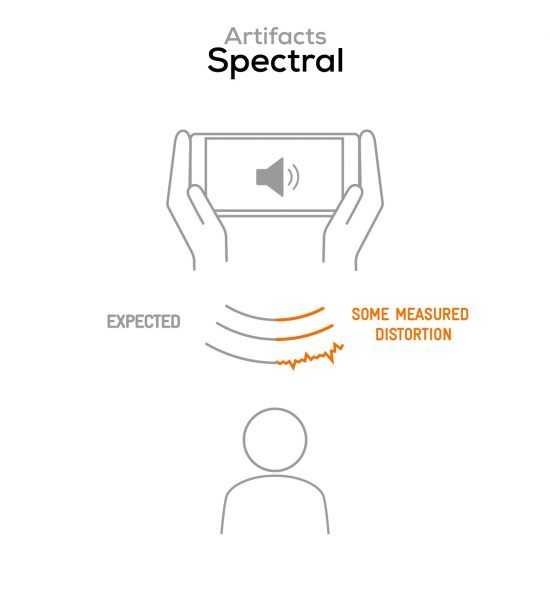

It represents the distortion and noise of the device playing our test signal (0 dB Fs, Sweep Sine in an anechoic box at 40 cm) at the device's maximum volume.
Recording
Google Pixel 7
157
DXOMARK engineers test recording by evaluating the recorded files on reference audio equipment. Those recordings are done in our labs and in real-life conditions, using default apps and settings.
The Pixel 7 did overall better as a recording device than it did for playback. Timbre sounded pleasantly natural and the tonal balance was pretty much free of resonances and artifacts. Dynamics results were good overall, with a clean envelope, even at high sound pressure levels, and sharp plosives. Recordings also offered a great signal-to-noise ratio, except when using the memo app.
The three built-in microphones helped capture a wide sound scene, with accurate and realistic distance rendition. Localizability of individual sound sources within the soundscape was only average, though. It’s also worth keeping in mind that recordings with the memo app are in mono only. The Pixel provided great loudness in recording and in terms of artifacts, only some slight distortion was noticeable on very loud noises, for example shouting voices. Wind noise reduction has been improved since the Pixel 6, especially in very strong winds, where the Pixel 7 — unlike its predecessors — managed to maintain intelligibility of conversations. Background tonal balance was natural.
The Google phone also comes with an audio zoom feature that effectively rejected background noises while retaining great volume consistency. Recordings with audio zoom were also almost free of artifacts. On the downside, we found background rendition to be slightly impaired by the feature.
Here is how the Google Pixel 7 performs in recording use cases compared to its competitors:

Timbre
Google Pixel 7
147
The Timbre score represents how well a phone captures sounds across the audible tonal range and takes into account bass, midrange, treble, and tonal balance. It is the most important attribute for recording.

Dynamics
Google Pixel 7
146
The Dynamics score measures the accuracy of changes in the energy level of sound sources, for example how precisely a voice's plosives (the p's, t's and k's, for example) are reproduced. The score also considers the Signal-to-Noise Ratio (SNR), for example how loud the main voice is compared to the background noise.

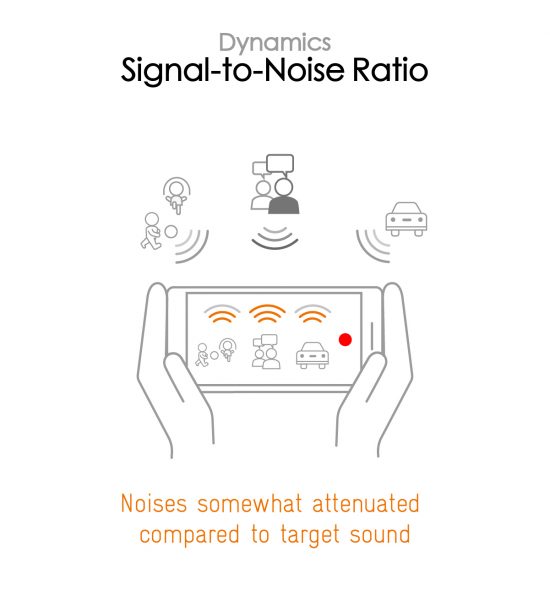

Spatial
Google Pixel 7
159
The sub-attributes for spatial tests include pinpointing a specific sound's location, its positional balance, distance, and wideness on the recorded audio files.
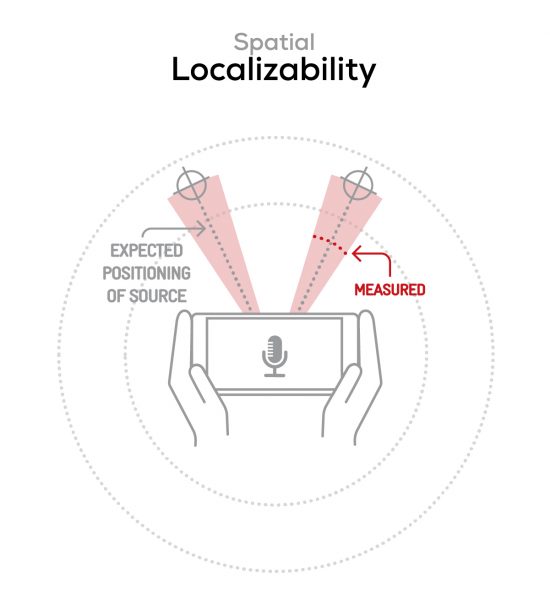
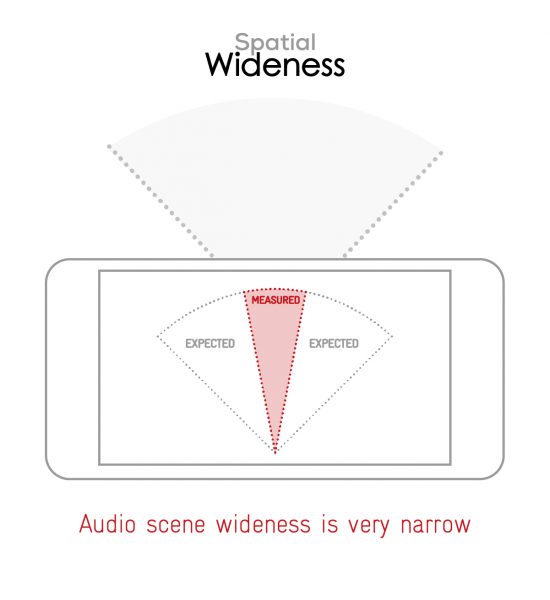

Volume
Google Pixel 7
170
The Volume score represents how loud audio is normalized on the recorded files and the how the device handles loud environments, such as electronic concerts, when recording.
| Meeting | Life Video | Selfie Video | Memo | |
| Google Pixel 7 | -29.4 LUFS | -19.4 LUFS | -17 LUFS | -23 LUFS |
| Apple iPhone 14 | -23.8 LUFS | -22.5 LUFS | -20.5 LUFS | -18.7 LUFS |
| Oppo Reno8 Pro 5G | -23.2 LUFS | -21.8 LUFS | -18.9 LUFS | -17.8 LUFS |

Artifacts
Google Pixel 7
145
The Artifacts score measures the extent to which the recorded sounds are affected by various types of distortions. The higher the score, the less the disturbances in the sound are noticeable. Distortions can occur because of sound processing in the device and the quality of the microphones, as well as user handling, such as how the phone is held.
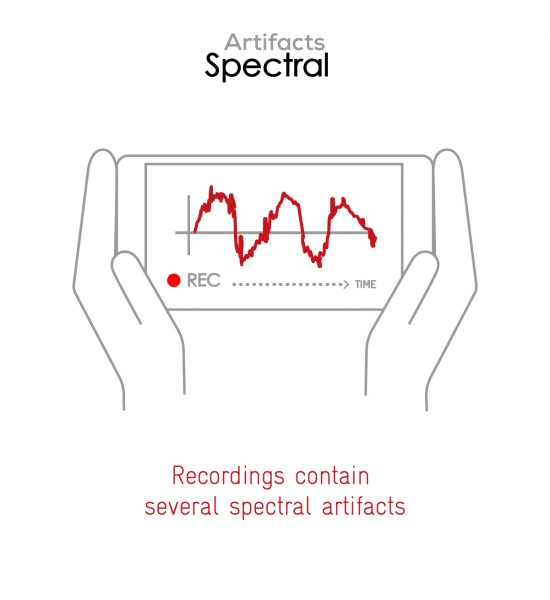
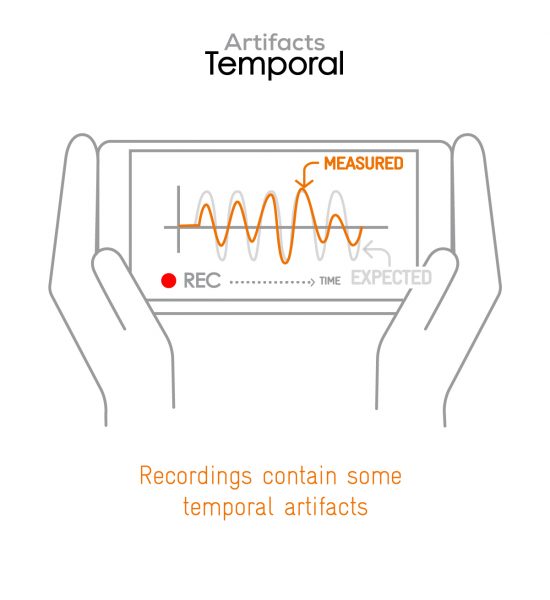
In this audio comparison, you can listen to the way this smartphone handles wind noise relative to its competitors:

Background
Google Pixel 7
166
Background evaluates how natural the various sounds around a voice blend into the video recording file. For example, when recording a speech at an event, the background should not interfere with the main voice, yet it should provide some context of the surroundings.

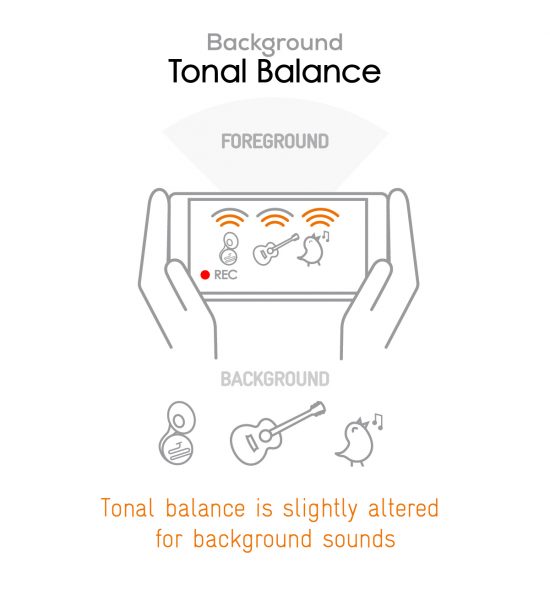


DXOMARK invites our readership (you) to post comments on the articles on this website. Read more about our Comment Policy.